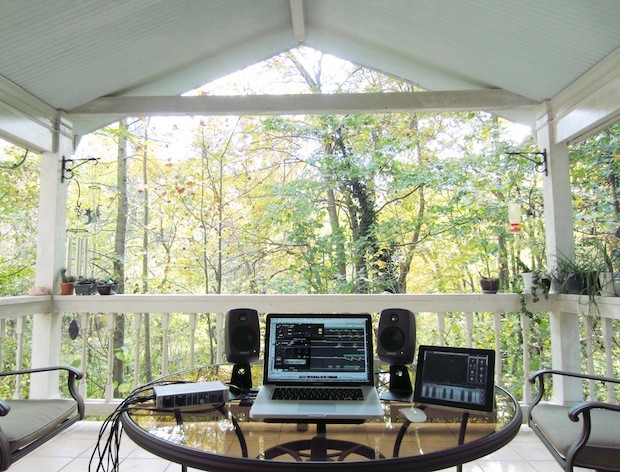

For instance, one tip is to include storm water collectors to be used in air conditioning, but there is no instruction on how to implement this in your design. The tips consist of a list of general guidelines for green building.

New for this release are “green” features that include “green tips” and green library objects. The program includes a fairly large library of plants and trees, although you will inevitably find that specific plants you would like to use are missing. H&LDS solves this problem by letting you “grow” your landscape by up to 20 years so you can see how foliage will look when it’s mature.

If you are working on a landscape plan, adding plants to your landscape can be a little frustrating they are so small and unimpressive when first planted. Even on an older PowerBook G4, the 3-D rendering engine had no problem keeping up with the 2-D design window in real time. Punch! has improved the program’s performance for this release. You can move through and around your design to see how rooms will feel, what the view will be from windows, or how spacious that bathroom really is. Adding color and textures to finishes in your design will bring it to life and give you impressive photorealistic views. Adding 3-D objects to your 2-D design will cause them to appear in your 3-D model immediately. Once you have the basics of your design down, try opening the 3-D window and watch the design update. One really fun element of H&LDS is the real-time 3-D. Designing a custom kitchen or other room from scratch, or by modifying the included templates, is much more time consuming. So, if you find templates that satisfy your vision when designing your space, then this process works great. You can edit templates for dimensions and content, but each element making up the template must be edited individually for good results. With templates for most rooms in a house, you can quickly plug in pre-organized rooms with minimal effort to create an entire home. Then you can decorate your kitchen with your preferred colors and materials. Instead of designing a kitchen from scratch, you can go to the template library and choose a pre-designed kitchen. For instance, the automatic roof creation function would often get confused after wall edits and come up with something odd, impractical, or just plain impossible.Īnother timesaving new feature is the included library of templates. However, when creating designs that are more complex, or after tweaking the walls of your design, it does not always work perfectly. This process works great on fairly simple designs (not too many twists, turns, or alcoves).


 0 kommentar(er)
0 kommentar(er)
